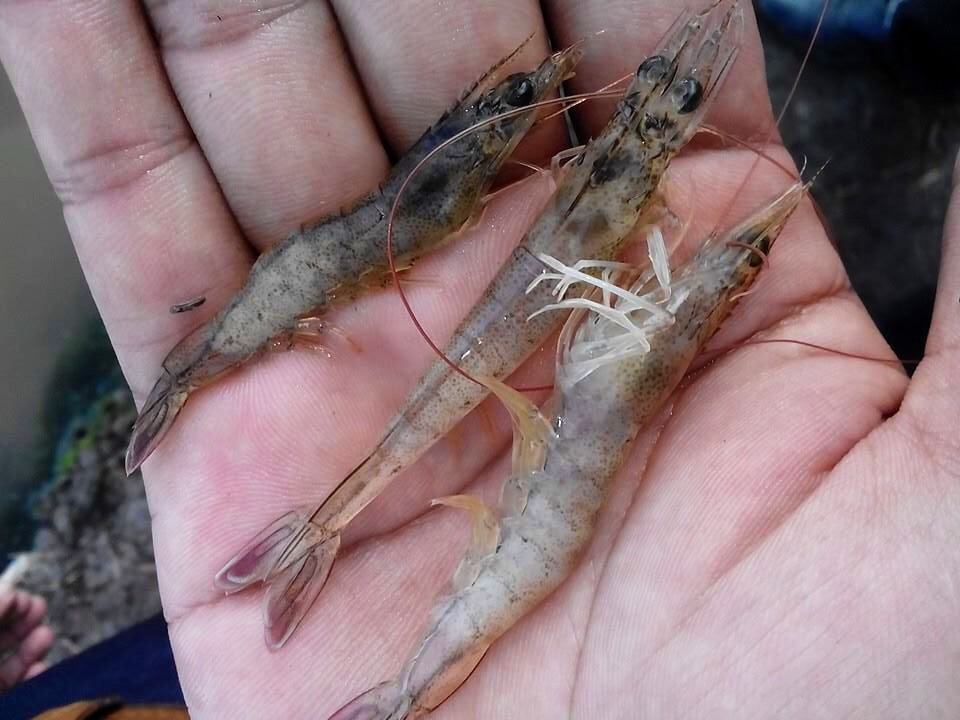
Recurrent outbreaks of a disease in pond-cultured juvenile and subadult Litopenaeus vannamei shrimp in several districts in China remain an important problem in recent years.
The disease was characterized by “white tail” and generally accompanied by mass mortalities. Based on data from the microscopical analyses, PCR detection and 16S rRNA sequencing, a new Vibrio harveyi strain (designated as strain HLB0905) was identified as the etiologic pathogen. The bacterial isolation and challenge tests demonstrated that the HLB0905 strain was nonluminescent but highly virulent. It could cause mass mortality in affected shrimp during a short time period with a low dose of infection.
Meanwhile, the histopathological and electron microscopical analysis both showed that the HLB0905 strain could cause severe fiber cell damages and striated muscle necrosis by accumulating in the tail muscle of L. vannamei shrimp, which led the affected shrimp to exhibit white or opaque lesions in the tail. The typical sign was closely similar to that caused by infectious myonecrosis (IMN), white tail disease (WTD) or penaeid white tail disease (PWTD). To differentiate from such diseases as with a sign of “white tail” but of non-bacterial origin, the present disease was named as “bacterial white tail disease (BWTD)”.
Present study revealed that, just like IMN and WTD, BWTD could also cause mass mortalities in pond-cultured shrimp. These results suggested that some bacterial strains are changing themselves from secondary to primary pathogens by enhancing their virulence in current shrimp aquaculture system.




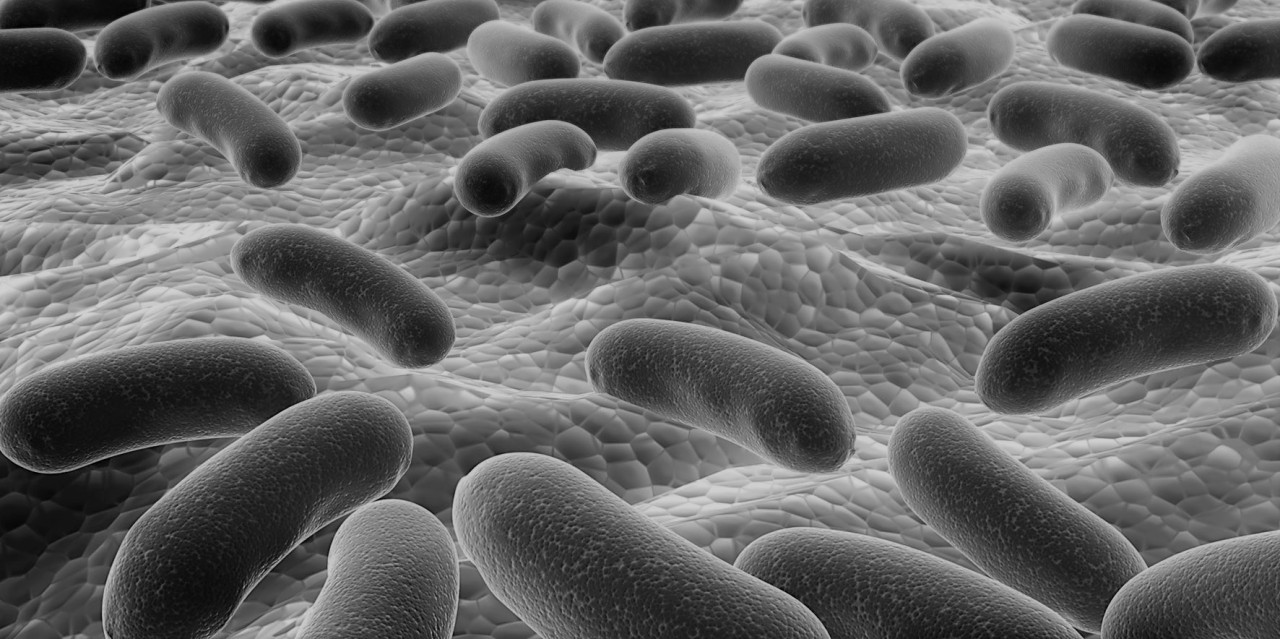

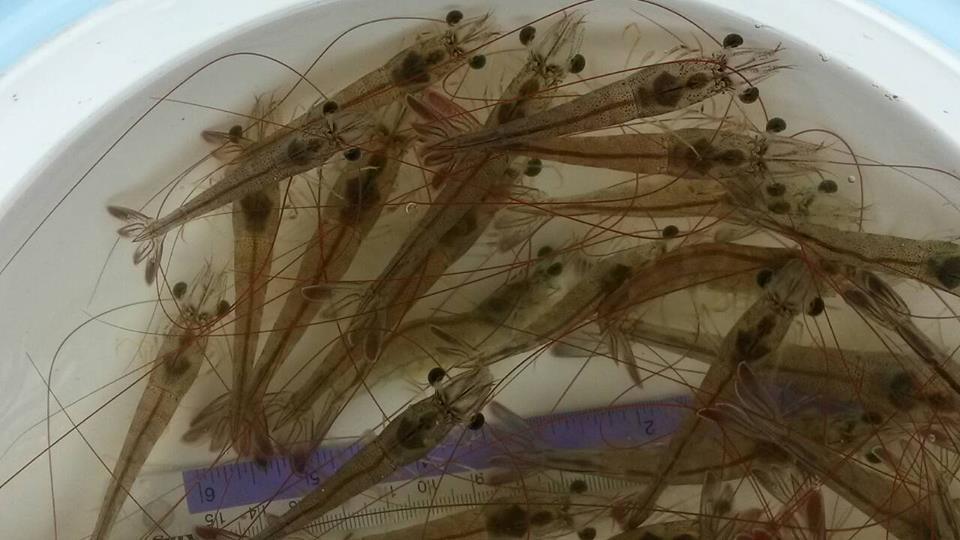
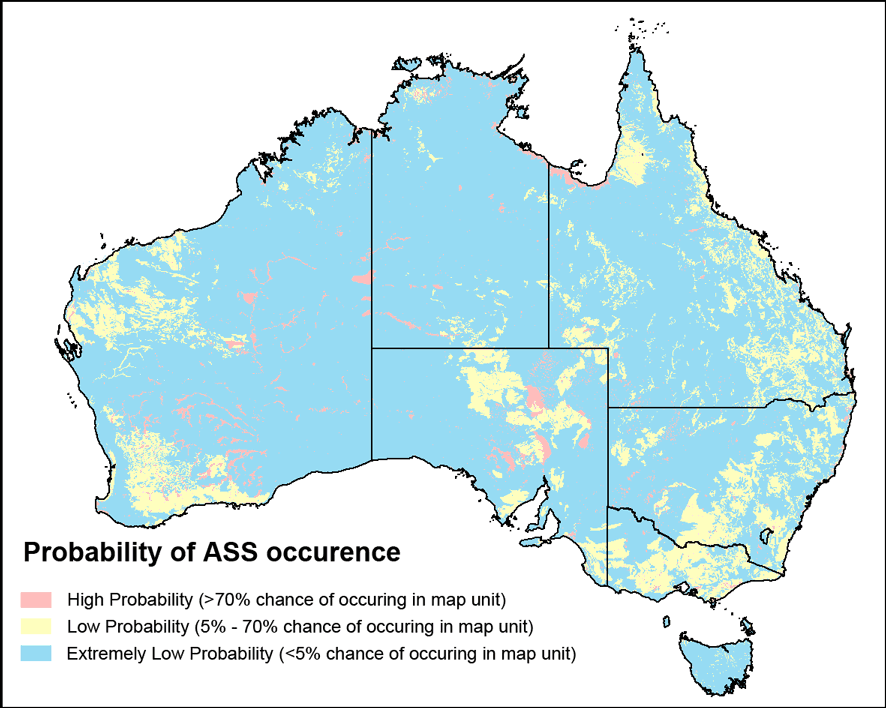


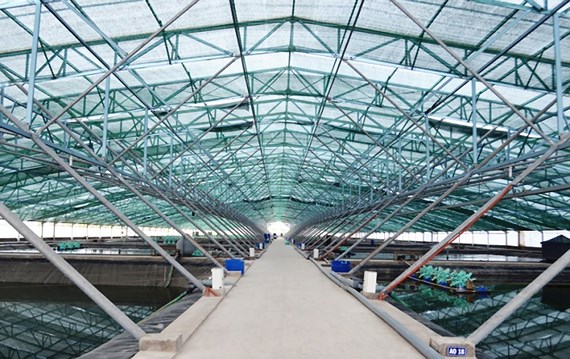


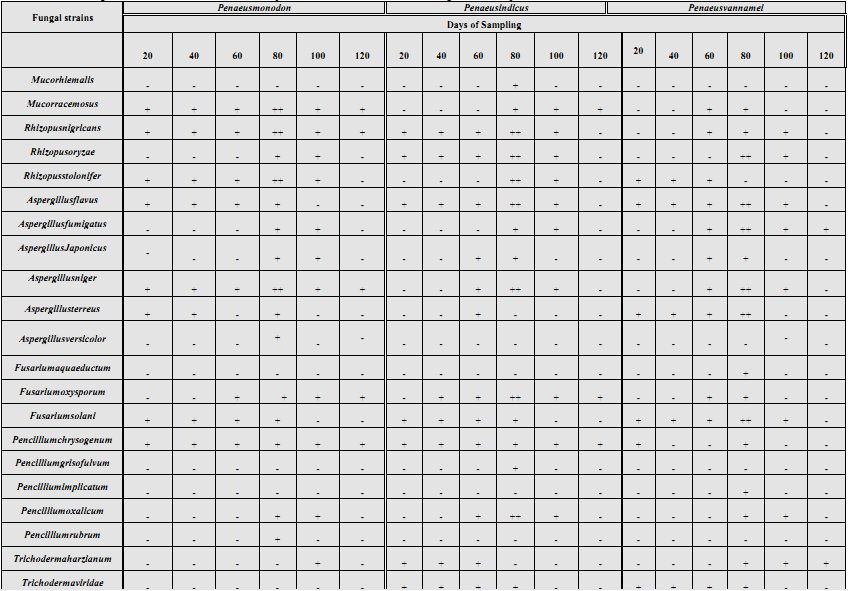
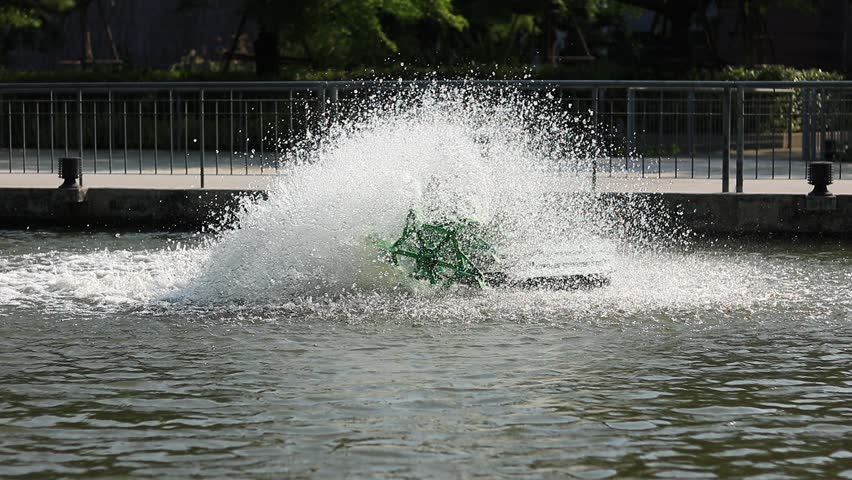
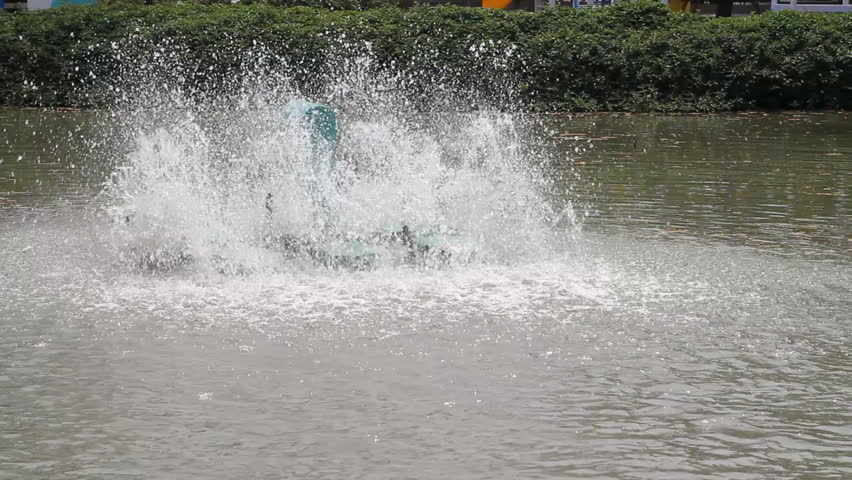
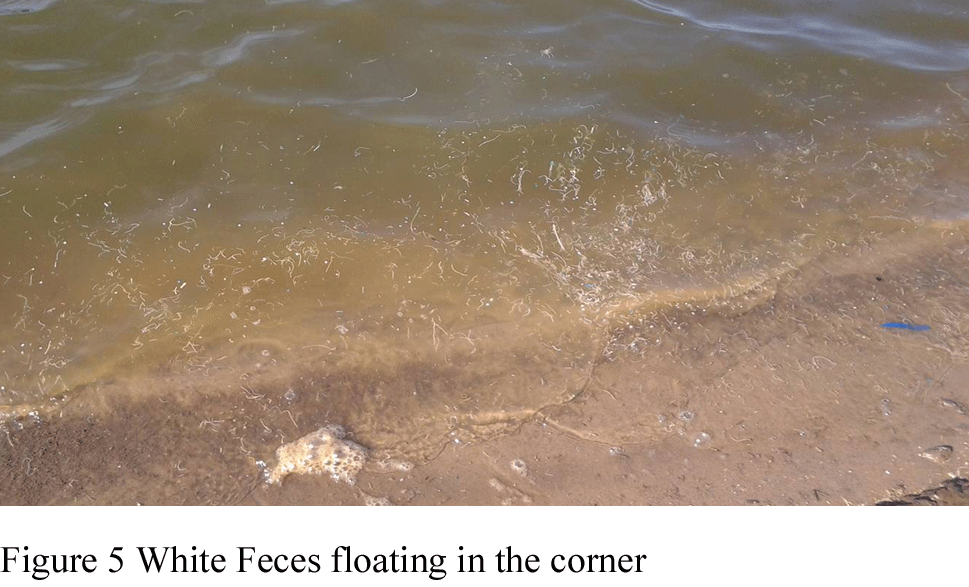




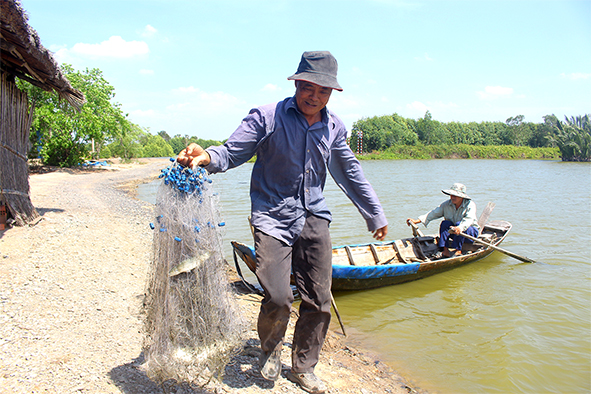
Bình luận bài viết